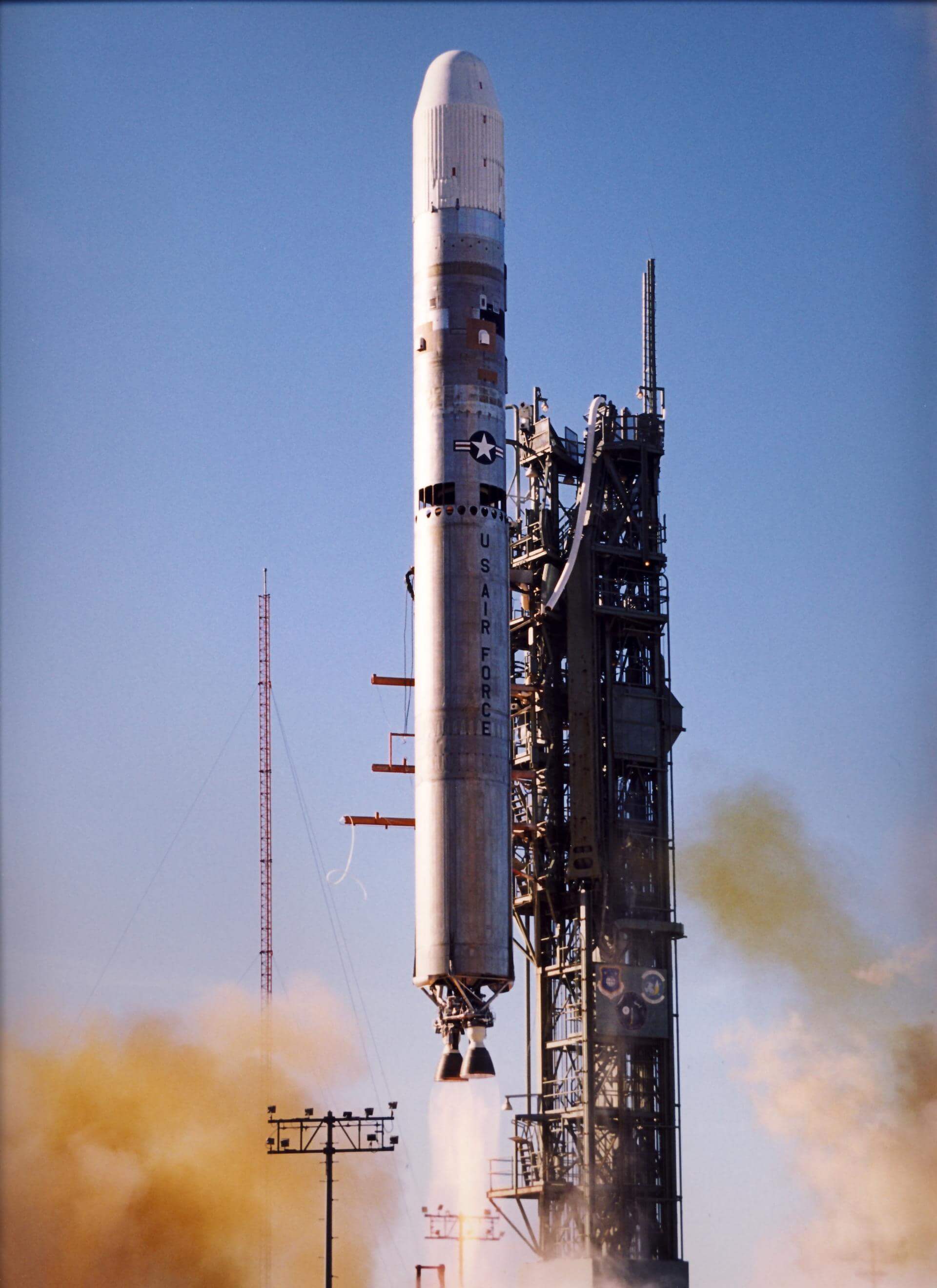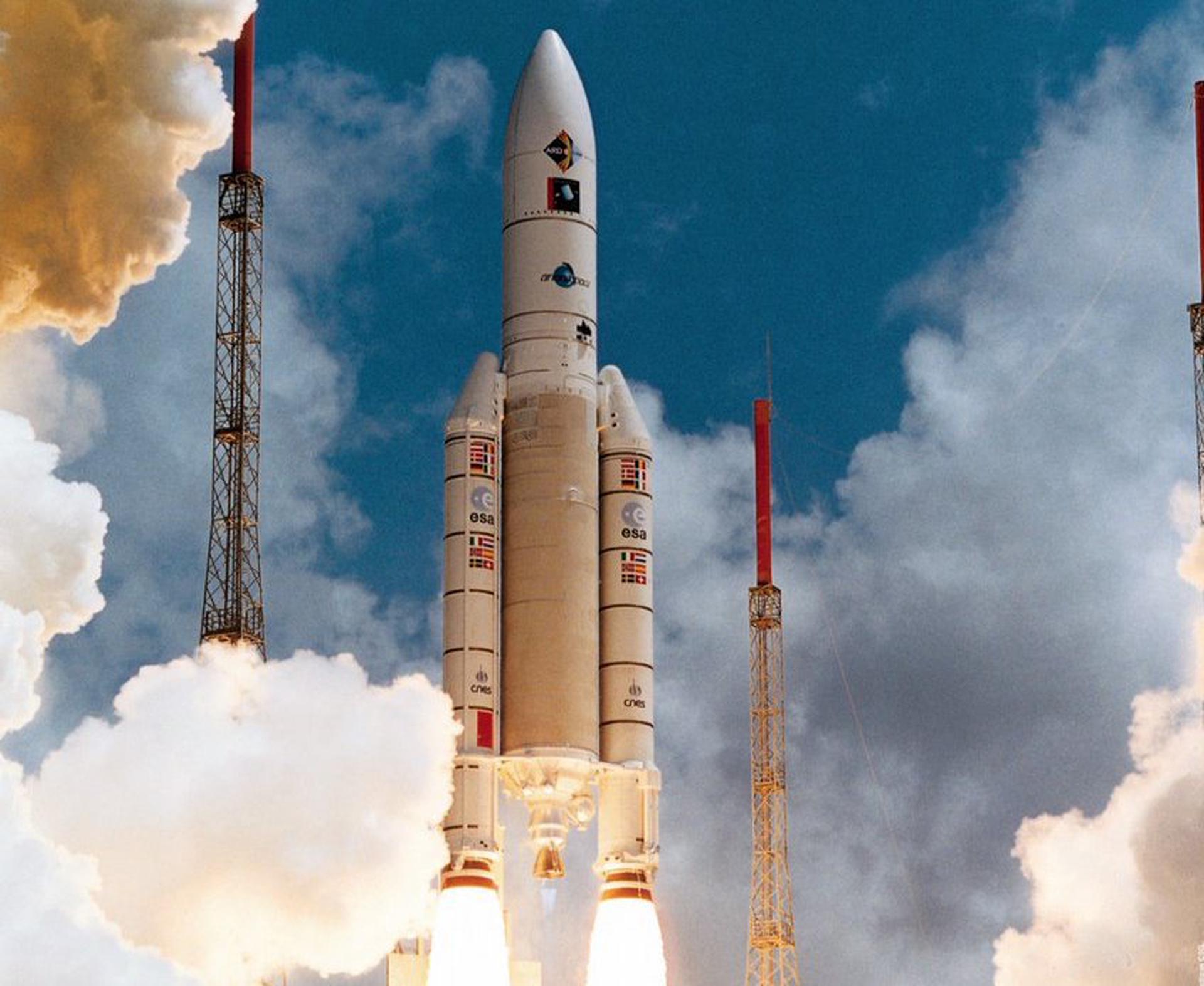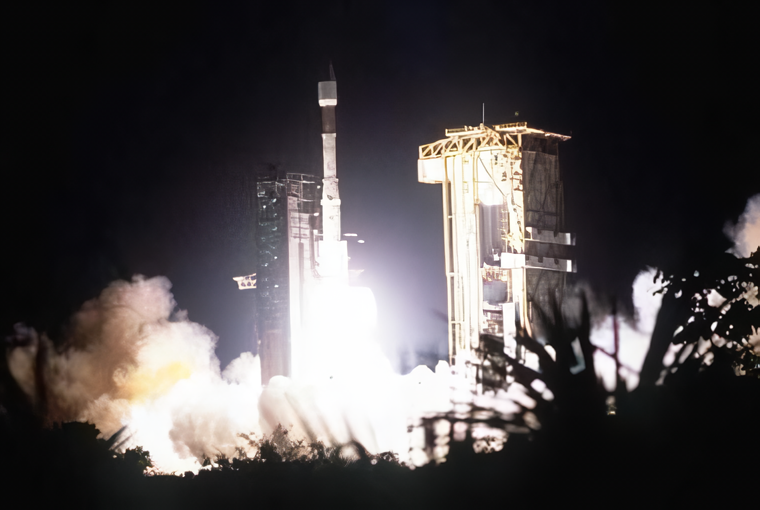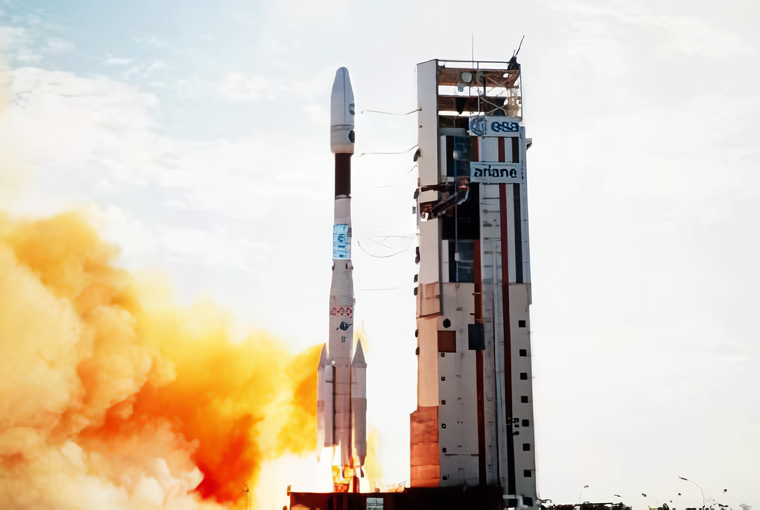Previous Spaceflight Launches
Filter by Agency, Locations or Vehicles
Show All LaunchesTitan II SLV | NOAA 16
Lockheed Martin | United States of AmericaVandenberg SFB, CA, USA
Sept. 21, 2000, 10:22 a.m.
Status: Launch Successful
Mission:
The NOAA K, L and M POES satellites begin the fifth generation of improved environmental monitoring in support of NOAA missions. The instrument payload has significant improvements and additions/deletions. The instrument changes have effected the spacecraft subsystems and data formats.
Sun-Synchronous OrbitAriane 5 G | Astra 2B & GE-7
ArianeGroup | FranceGuiana Space Centre, French Guiana
Sept. 14, 2000, 10:54 p.m.
Status: Launch Successful
Mission:
Astra 2B is one of the Astra communications satellite owned and operated by SES. Providing digital television and radio broadcast service to the UK and Republic of Island. GE-7 is also a commercial communications satellite owned and operated by GE American. Providing coverage to North America, Hawaii, the Caribbean islands and most of Mexico.
Geostationary Transfer OrbitSpace Shuttle Atlantis / OV-104 | STS-106
National Aeronautics and Space Administration | United States of AmericaKennedy Space Center, FL, USA
Sept. 8, 2000, 12:45 p.m.
Ariane 44P | Eutelsat W1
Aérospatiale | FranceGuiana Space Centre, French Guiana
Sept. 6, 2000, 10:33 p.m.
Status: Launch Successful
Mission:
Originally ordered by Orion Network Systems as Orion 2, the contract was later terminated. It was then bought by Eutelsat as spare satellite, called RESSAT, which was later renamed Eutelsat W1 as a replacement satellite compatible with their previously-launched W2 and W3 spacecraft. Eutelsat subsequently decided to launch W1 in September 2000. Located at the 10 degrees East position, the satellite serves a full range of applications that include that include business communications, Internet-based services and television transmission. It has 28 channels, 20 of which provide coverage of Europe, North Africa, the Middle East and central Asia via a fixed widebeam, with the remaining eight connected to a steerable spotbeam, to address new markets in geographical areas outside the widebeam coverage area (notably southern Africa). Services can be simultaneously provided within both coverages.
Geostationary OrbitProton-K/DM-2M | Sirius FM-2
Khrunichev State Research and Production Space Center | RussiaBaikonur Cosmodrome, Republic of Kazakhstan
Sept. 5, 2000, 9:43 a.m.
Long March 4B | Zi Yuan-2 01 xing
China Aerospace Science and Technology Corporation | ChinaTaiyuan Satellite Launch Center, People's Republic of China
Sept. 1, 2000, 3:25 a.m.
Status: Launch Successful
Mission:
ZY-2 (Ziyuan-2, 'Resource-2'), while reported as a civilian Earth observation system, was actually code-named JB-3 (Jianbing-3) and was China's first high-resolution military imaging satellite. They are reportedly used for area surveillance.
Polar OrbitProton | Raduga-1 5
Khrunichev State Research and Production Space Center | RussiaBaikonur Cosmodrome, Republic of Kazakhstan
Aug. 28, 2000, 8:08 p.m.
Delta 8930 | DM-F3
Boeing | United States of AmericaCape Canaveral SFS, FL, USA
Aug. 23, 2000, 11:05 a.m.
Titan 403B | NROL-11
Lockheed Martin | United States of AmericaVandenberg SFB, CA, USA
Aug. 17, 2000, 11:45 p.m.
Ariane 44LP | Brasilsat B4 & Nilesat 102
Aérospatiale | FranceGuiana Space Centre, French Guiana
Aug. 17, 2000, 11:16 p.m.









